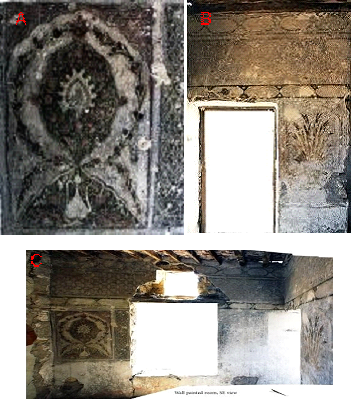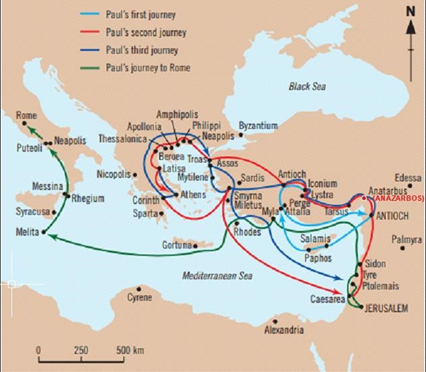by Liritzis, I., Drivaliari, A. and Vafiadou, A.
ABSTRACT
Archaeometric analysis of human and environmental remains from Sarakenos cave (Kopais basin, Beotia, cen-tral Greece), include, 14C dates of charcoal, optical stimulated luminescence (OSL) dating of early hearth, char-acterization of ceramics by XRF from Neolithic to Bronze age levels, and, the first stable isotope data (18O and 13C) of freshwater mollusk shells (Unio sp.). The excellent stratigraphical data in the cave has offered a succes-sion of distinct cultural phases, dated from the Middle Paleolithic to the Middle Helladic times. The isotopic data have provided significant variations, indicating paleoclimatic fluctuations in (pen)-insular central Aegean in prehistoric times with broad but distinctive climatic phases, the OSL age reinforces Mesolithic period, while XRF and clustering implies Aegean-Mainland interaction and trade.
![]()



